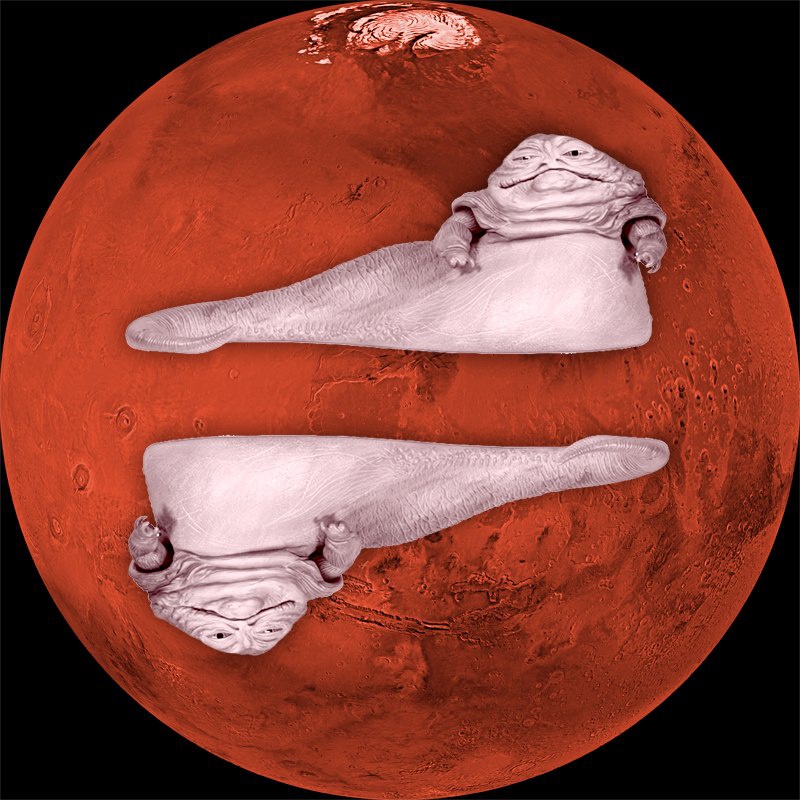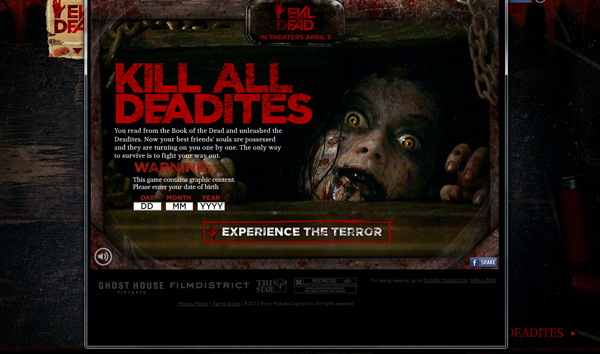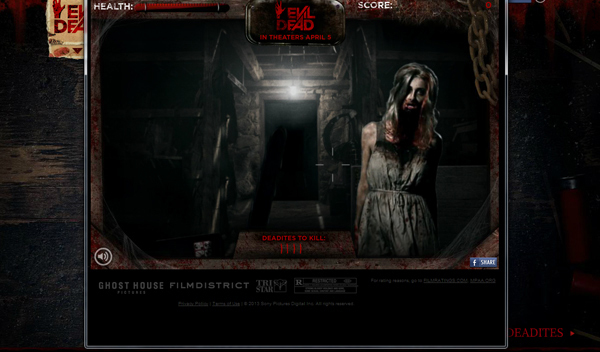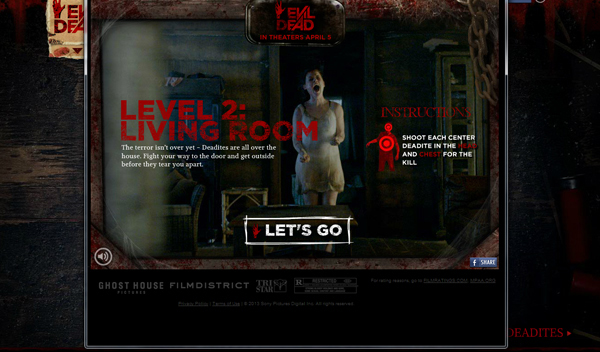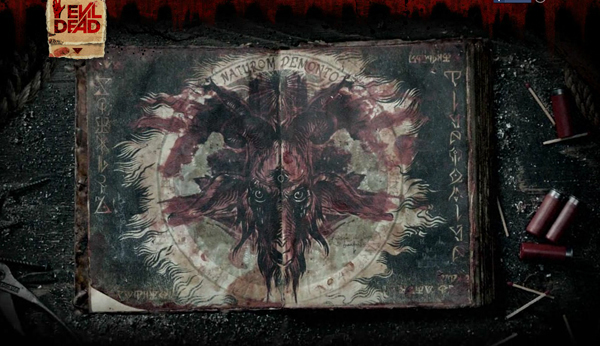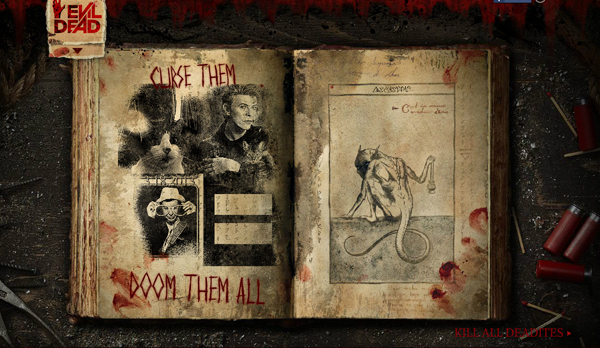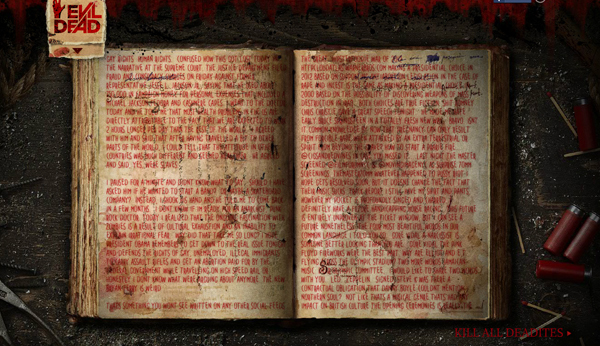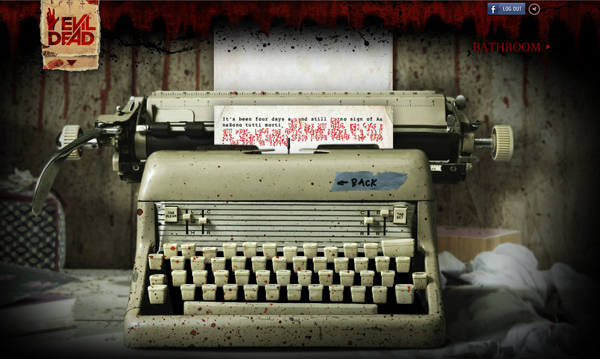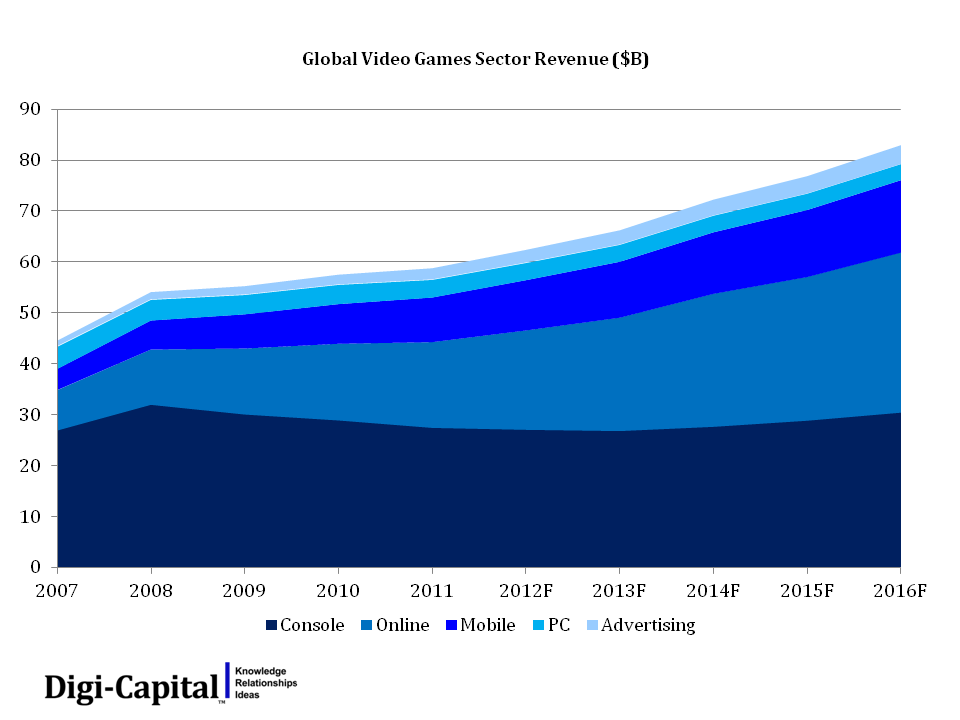By Meelad Sadat
Cryptic’s Neverwinter is breaking new ground for D&D Forgotten Realms video games on several fronts, but not because it’s the first online game set in the universe, nor the first one that promises to keep the experience very D&D with player created content. The original Neverwinter Nights developed by Stormfront debuted 22 years ago and was essentially a D&D online for anyone who had AOL. Atari’s two Neverwinter Nights games, the first from Bioware and the second from Obsidian, were primarily single-player RPG experiences. Yet both had online multiplayer and player content. The latter came from ‘mod’ tools aimed at advanced PC users, and the games’ online modes were either multi-user dungeons or PvP multiplayer modes housing dozens of players at a time.
Cryptic’s game is the first Neverwinter MMO game, one that the developer promises lets thousands of players play on a single server, and where a good portion of the experience will eventually rely on user generated content. Along with publisher Perfect World, they’re using the expertise they built on City of Heroes and Star Trek Online to bring D&D into the free-to-play category. For game play, the experience breaks away from what players might expect with fast-paced combat and game mechanics rooted in action RPGs, not the turn-based, slow plodding ones.
Outside of mechanics and monetization, Cryptic is making sure the game is Forgotten Realms through and through by working closely with those who have helped the IP endure. Originally, the game was supposed to release with a new table top campaign from D&D licensee Wizards of the Coast, and the release of new books by longtime Forgotten Realms author R.A. Salvatore. As games are wont to do, it didn’t make the simultaneous launch. Salvatore is now creating plotlines to connect events in the game to his series of novels. Cryptic is also using Wizards of the Coast’s release of new Forgotten Realms campaigns and how they’re being promoted at retail to create tie-ins and drive awareness for their game.
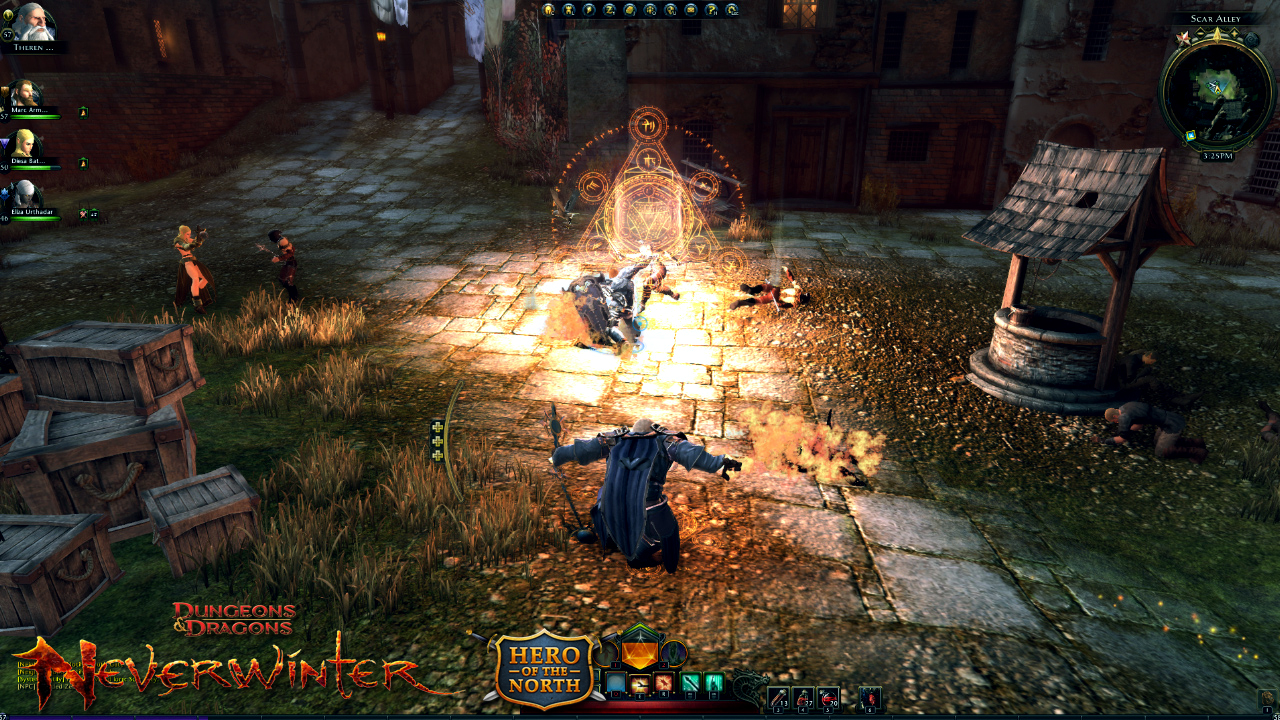
There’s an interesting aspect to how Cryptic is handling the beta period. They’re letting people buy their way into closed beta testing by purchasing ‘founder packs’ ranging from $20 to $200. Once they’re done testing and the full game launches, people who purchased the packs get packages of virtual goods and in-game currency equal to what they purchased. It’s a way to keep beta players playing and the servers bustling at launch. Cryptic CEO Jack Emmert admits the idea isn’t original.
“I have to give props to Guild Wars 2,” says Emmert. “Because they did presales that got people in the beta, and I thought that really worked out well. That was one of the inspirations behind it.”
Another nifty effort is plans for a companion app. Emmert points to two frustrations players have with MMOs, one being grinding tasks that take away from real in-game action and progress, the other those long moments when they can’t play and feel disconnected. Crytpic is working on a Neverwinter mobile app designed to address both. Emmert expects features that combine some level of in-game functionality, such as crafting or making purchases and upgrades, with mini-games where players can earn in-game points and currency.
Last weekend at PAX East, we pulled Emmert away from a very busy booth to hear more about the game and what Crytpic is planning in the lead up to launch.
Tell us about the game.
Neverwinter is a MMO set in the D&D universe in Forgotten Realms. This is very rich history with gamers, and Neverwinter itself has been the subject of three different video games over the years. We make the fourth. Ours is going to be an MMO RPG, so you get online with thousands of other players. The three major features – number one it’s action combat so it’s not your more typical or standard MMO press a button, the attack takes a second or two to execute and then you’re on to the next. Ours is much closer to console combat. The second thing is it has user generated content so players can create settings, missions and whole worlds for themselves, for their friends, for the public. The third is we tried to make it so there’s always something to do in Neverwinter. There are contests, there’s dungeons and special events, so when a player logs on they’re not just stuck doing the same old missions and grinding their way through the game.
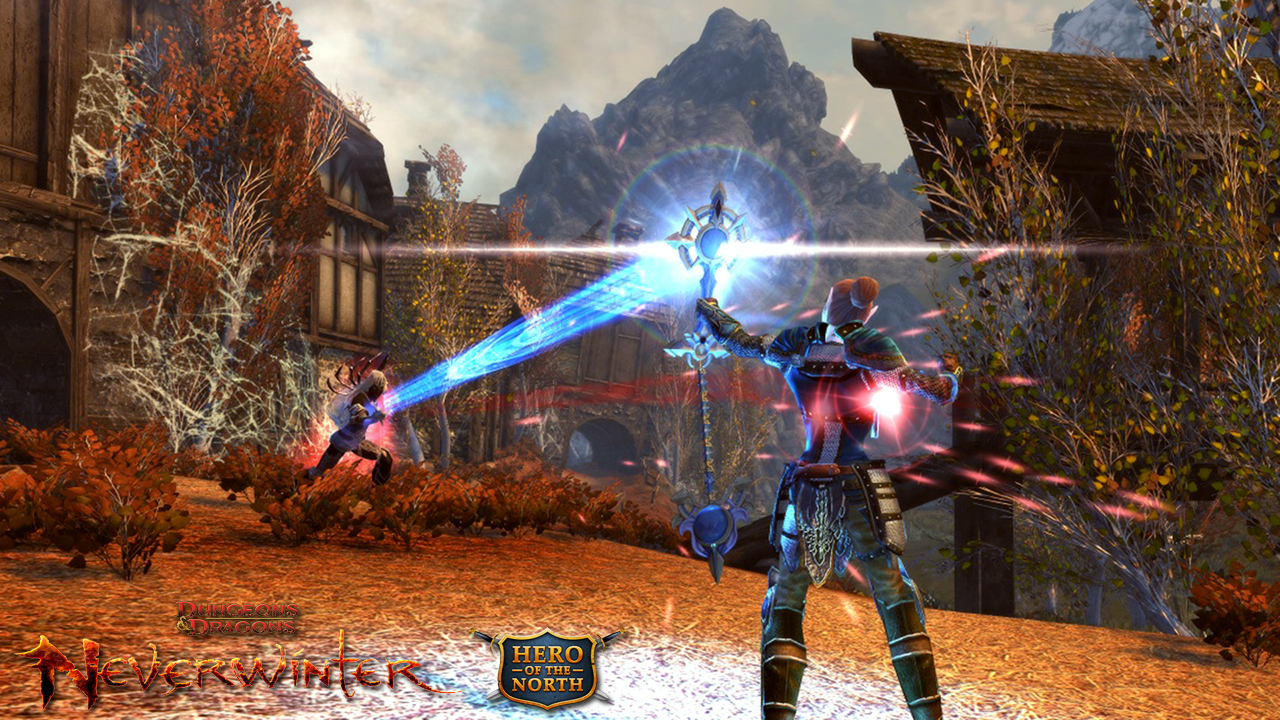
From a product standpoint, how are you communicating that this game is different than any other Neverwinter and Forgotten Realms games?
That’s a really good question because it comes down to things like the name of the game. We purposely didn’t call it Neverwinter Nights because we wanted to communicate to players that this is a different game. It’s set in the same in setting but different game play, so we called it Neverwinter and not Neverwinter Nights. By the same token we just called it Neverwinter and not “Neverwinter Online” because it’s kind of redundant nowadays, most games are online so it seems silly to put it there. So I think that was a really good, just by starting with the name and then the game mechanics too. The minute you start playing it’s very, very dramatically different than Neverwinter 1 and 2, and that was purposeful because those are great games, they stand up today. If someone wants that type of gameplay they can go buy that stuff on Steam in a heartbeat. We wanted to do something different that stood out.
What would you highlight for fans, what are some treats they can expect from this new game in the series?
The names and places of things in Neverwinter 1 and 2, you’ll be able to see in much greater detail. So there are areas of the city that are briefly mentioned in previous games where we actually have full zones. One of the developments of the IP was that D&D went through, since Neverwinter 2, they did D&D Fourth Edition where they moved the timeline of the game up over a century. And all these horrible things happened in that century, so the Forgotten Realms is really trying to recover, and Neverwinter is part of that. We worked with Wizards of the Coast who owns the D&D IP to chronicle everything. Salvatore . . . he sat down and we worked with him on plotting out the storylines in Neverwinter. He wrote a series of four books set in Neverwinter — I think the last one just released — and that chronicles the period from when Neverwinter Nights 2 ends and what happens pretty much up until our game, so that players can read those books and get a better idea.
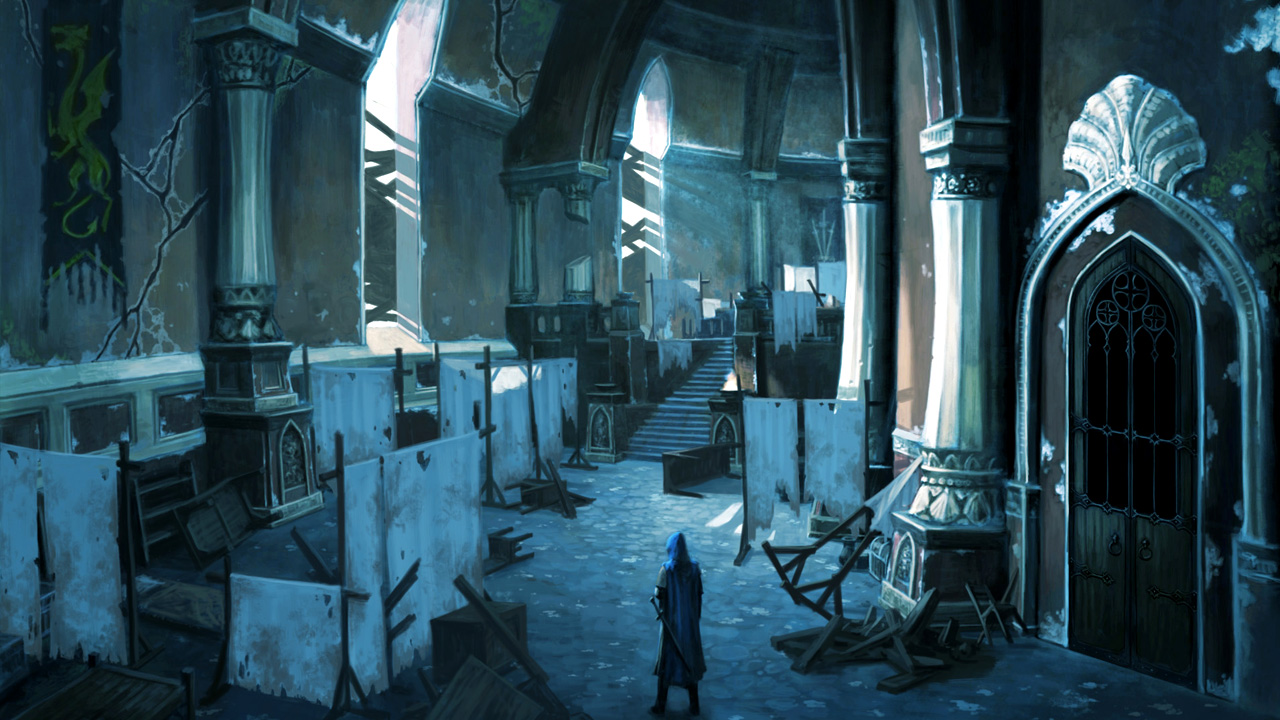
Tell us a bit about how you’re monetizing the game.
There is aesthetics, that’s certainly part of it. There are mounts, there are companions. We also have a system in game — there’s a currency we call Astral Diamonds. You get this by doing dungeons and the hard stuff, usually. What we do is create an in-game exchange so you can sell your extra Astral Diamonds to another player, blind auction mind you, for micro-transaction points. So that I can sell my points to you, you can use it as Astral Diamonds to buy some gear, and I can use it as micro-transaction points to buy a mount or a companion or an extra character slot. If you have a lot of time but no money, you can still enjoy the game. If you have money but not a lot of time, you can still get the things that you might be able to attain. Kind of a nice balance.
Tell us about the ‘founder’s packs’.
I have to give props to Guild Wars 2 because that kind of inspired us, because they did presales that got people in the beta, and I thought that really worked out well. That was one of the inspirations behind it We have two different levels, one’s $60 and one’s $199, and each of them contain mounts, exclusive costume pieces, early access — VIP access to so if there’s a queue you jump to the front of the queue — companions, Astral Diamonds currency so you can start the game with a full wallet of stuff to buy your gear with, there’s a starter pack of potions and other things you might need.
How do you plan on tapping the player community for game ideas or improvement?
If you take a look at Star Trek Online, which we did recently, it was the players who chose a massive expansion to the game where we added playable Romulans. That came purely from the players, it was a hundred percent what they chose in a poll we did, and that’s something I want to continue to do. What makes Neverwinter different is that it’s the players who will be creating game content with user generated content. So they’re actually going to be part of the development process because what they add to the game is what’s going to grow the game. So it’s going to be important for us to give them the tools that they want and need in order to make that aspect of it successful.
How are you generating buzz building up to launch?
Step one is places like PAX, areas where businesses can interact with consumers. E3 is more business-to-business, with media. But here where you get the actual players, that’s vital. It’s one of the few places where devs can interact personally with the fans — PAX Prime and PAX East. Two, web banners, web ads — you have to advertise. Facebook, that’s a necessity, and Twitter. Sort of the basics., I don’t think anything is mind blowing that we’re trying to do except the size of it is perhaps bigger than anything we’ve done before.
What about on the community side, are you doing any programs to drive recruitment?
We’re working hand in hand with WOTC [Wizards of the Coast], to give you an example. They make a product called Encounters for D&D. They ship out these short bite-size adventures to retail stores around the country and people once a week come in to play an encounter with a DM. All of these Encounters are going to reflect Neverwinter in this period, so players can go to a local game store, roll dice and play D&D, just like they have for 30 or 40 years — geez, it has been that long. And that is a way of engaging the player base. That’s another interesting method where the unique nature of the IP allows us to do something like that.
Will there be a companion app for Neverwinter?
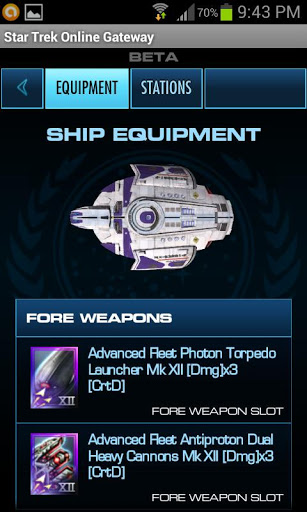 Star Trek Online Gateway
Star Trek Online Gateway
Yes, definitely, we already have a nascent step — we have a tool called Gateway that allows players in our current online game, Star Trek, to check their character and stuff like that. But we want to build off that, we want to add different game mechanics in it so players can interact with Neverwinter and Star Trek twenty-four/seven. Too often you’re on vacation or you’re wherever, well I can’t play my game. But if we can have apps on here that allow you to access it even for just a minute a day so you still feel connected. I think that’s very , very, very important.
What features do you foresee in the app?
We’re discussing where to grow Gateway but I know we definitely want to add…for instance there’s a game in Star Trek Online called Dabo which is kind of like a roulette wheel game – you might have seen it in Deep Space Nine — where you can win in-game currency. Well that’s a great thing that we can put onto a mobile app. Crafting in Neverwinter, that’s a great thing we can put in app. Our crafting is very assignment based so you assign a henchman to go do a task, and he does it. It might take an hour or two hours or three hours, so you assign him and then three hours later it says ‘bing’ and then ‘oh ok I can send him to do something else’. That’s the direction I think we’re going. Use the downtime in our real lives to do the down time in MMOs.



